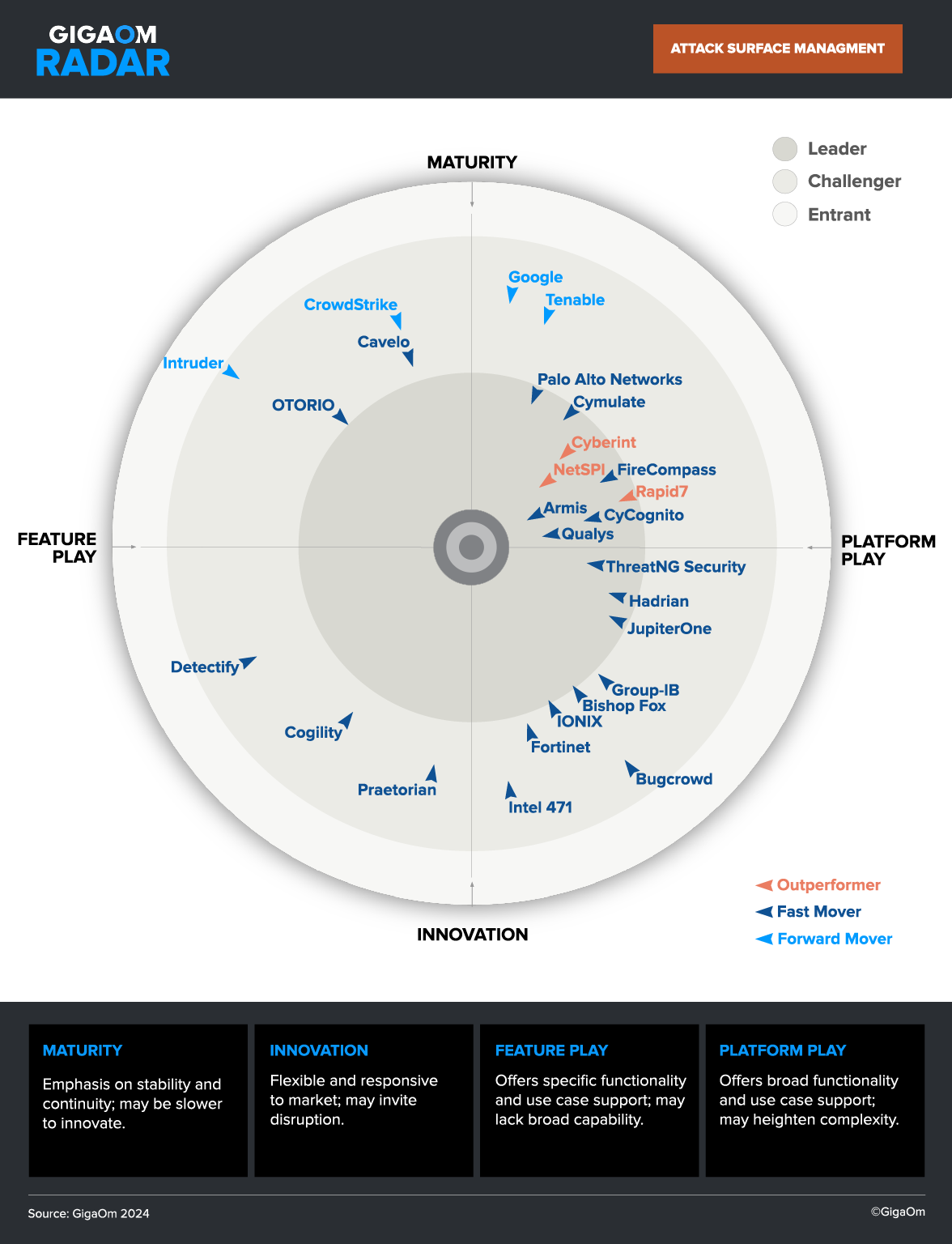What Is a Vulnerability Management Program?
A vulnerability management program is a proactive approach to identifying, evaluating, treating, and reporting vulnerabilities in an organization's systems, networks, and infrastructure. It involves the continuous process of scanning for potential weaknesses, assessing their impact and likelihood, and taking appropriate measures to mitigate the associated risks. Having a vulnerability management program in place is essential for safeguarding the integrity, confidentiality, and availability of data and resources within an organization.
The primary objective of a vulnerability management program is to stay ahead of potential threats by identifying and addressing vulnerabilities before they can be exploited by malicious actors. By implementing comprehensive vulnerability management practices, organizations can significantly reduce the likelihood of security breaches and data compromises, thereby enhancing their overall cybersecurity posture.
In today's hyper-connected digital landscape, where cyber threats continue to evolve in complexity and sophistication, a proactive vulnerability management program is not just a best practice but a fundamental necessity for any business or entity that relies on technology to operate.
Importance and Benefits of a Structured Vulnerability Management Program
Business Continuity
By proactively identifying and addressing vulnerabilities, businesses can minimize the risk of system downtime and disruptions caused by security incidents or breaches. This, in turn, contributes to the overall resilience and continuity of business operations, enabling uninterrupted delivery of products and services to customers.
Furthermore, by mitigating potential vulnerabilities before they can be exploited, organizations can avoid the costly repercussions of prolonged downtime, reputational damage, and loss of customer trust. A robust vulnerability management program thus serves as a proactive safeguard against the potential business impact of security incidents.
Regulatory Compliance
In an increasingly regulated environment, adherence to industry-specific security standards and data protection regulations is growing in importance. A structured vulnerability management program helps organizations meet regulatory requirements by systematically identifying and addressing vulnerabilities that could compromise the confidentiality, integrity, or availability of sensitive data.
By demonstrating a proactive approach to vulnerability management, businesses can not only fulfill their compliance obligations but also instill confidence in customers, partners, and regulatory authorities.
Cost Savings
While the upfront investment in establishing and maintaining a vulnerability management program may seem substantial, the long-term cost savings can far outweigh the initial expenditure.
By identifying and addressing vulnerabilities before they can be exploited, organizations can prevent the potential financial repercussions of security breaches, including legal liabilities, regulatory fines, and remediation costs. Addressing vulnerabilities proactively can also save the costs involved in damage control, public relations, and resource reallocation after a breach.
Improved Incident Response
By proactively identifying vulnerabilities and assessing their potential impact, businesses can prioritize their remediation efforts and allocate resources strategically to address the most critical risks.
Furthermore, the data and insights gathered through vulnerability assessments and remediation activities can inform an organization's incident response procedures, enabling faster detection, containment, and recovery in the event of a security incident. This proactive approach to incident response can significantly reduce the overall impact and duration of security breaches.
Key Steps of a Vulnerability Management Program Framework
Identifying Vulnerabilities
The first step in a vulnerability management program is to identify potential vulnerabilities within an organization's IT infrastructure. This typically entails the use of automated scanning tools, manual assessments, and threat intelligence to identify weaknesses in systems, applications, network devices, and other digital assets.
Effective vulnerability identification involves an understanding of the organization's technology landscape, including both internal and external assets, as well as an awareness of emerging threats and attack vectors. By leveraging a combination of vulnerability scanning, penetration testing, active security testing, and asset discovery techniques, organizations can gain a holistic view of their digital footprint and pinpoint areas of vulnerability that require attention.
Evaluating Vulnerabilities
Once vulnerabilities have been identified, the next step is to evaluate their potential impact and likelihood of exploitation. This assessment involves assigning risk scores or severity ratings to each vulnerability based on factors such as the potential impact on business operations, the likelihood of exploitation by threat actors, and the availability of effective mitigation measures.
Effective vulnerability evaluation also takes into account contextual factors such as the criticality of the affected systems, the sensitivity of the data at risk, and the potential business impact of a successful exploit. By prioritizing vulnerabilities based on their risk profile, organizations can focus their remediation efforts on addressing the most critical and high-risk weaknesses first, thereby maximizing the impact of their vulnerability management efforts.
Treating Vulnerabilities
Once vulnerabilities have been identified and evaluated, the next step is to take action to address the identified weaknesses. This may involve applying software patches, implementing configuration changes, updating security controls, or deploying compensating controls to mitigate the identified risks.
Effective vulnerability treatment requires a coordinated approach that involves collaboration between IT teams, security personnel, and relevant stakeholders, to ensure that remediation activities are carried out quickly and effectively. It is important to balance the need for rapid response with the requirement for thorough testing and validation, to avoid disruption to business operations.
Reporting Vulnerabilities
Reporting on vulnerabilities and the steps taken to mitigate them serves multiple purposes, including providing transparency to stakeholders, facilitating informed decision-making, and demonstrating compliance with regulatory requirements.
Effective vulnerability reporting clearly and concisely communicates risk assessment results, remediation progress, and residual risks to relevant stakeholders. Vulnerability reports can be delivered to executive leadership, IT teams, and external auditors or regulatory authorities. Another use of vulnerability reports is to continuously improve the vulnerability management program based on feedback and insights gathered from previous activity.
Related content: Read our guide to cybersecurity risk management

Tips from the Expert
Dima Potekhin
CTO and Co-Founder
Dima Potekhin, CTO and Co-Founder of CyCognito, is an expert in mass-scale data analysis and security. He is an autodidact who has been coding since the age of nine and holds four patents that include processes for large content delivery networks (CDNs) and internet-scale infrastructure.
In my experience, here are tips that can help you better enhance your vulnerability management program:
- Automate risk-based vulnerability remediation: Use automation tools not just for scanning but for remediation based on the risk profile of vulnerabilities. Automated workflows can apply patches or adjust configurations automatically for low-risk, high-volume vulnerabilities, freeing up your team to focus on more complex issues.
- Ensure continuous education for your team: Keep your vulnerability management team up to date with the latest trends, tools, and techniques in cybersecurity. Continuous education programs can include certifications, workshops, and attending relevant conferences, helping your team stay ahead of emerging threats.
- Integrate threat intelligence feeds: Beyond basic vulnerability scanning, integrating real-time threat intelligence feeds can help you quickly identify and prioritize vulnerabilities that are actively being exploited in the wild, making your remediation efforts more timely and relevant.
- Incorporate third-party risk assessment: Extend your vulnerability management program to assess risks associated with third-party vendors. Often, vulnerabilities are introduced through interconnected systems, making it essential to monitor the security posture of your partners.
- Perform root cause analysis on recurring vulnerabilities: For vulnerabilities that repeatedly surface, conduct a root cause analysis to understand why they keep appearing. This can help in fixing underlying issues in processes or technologies, reducing future occurrences.






 Complimentary Report
Complimentary Report